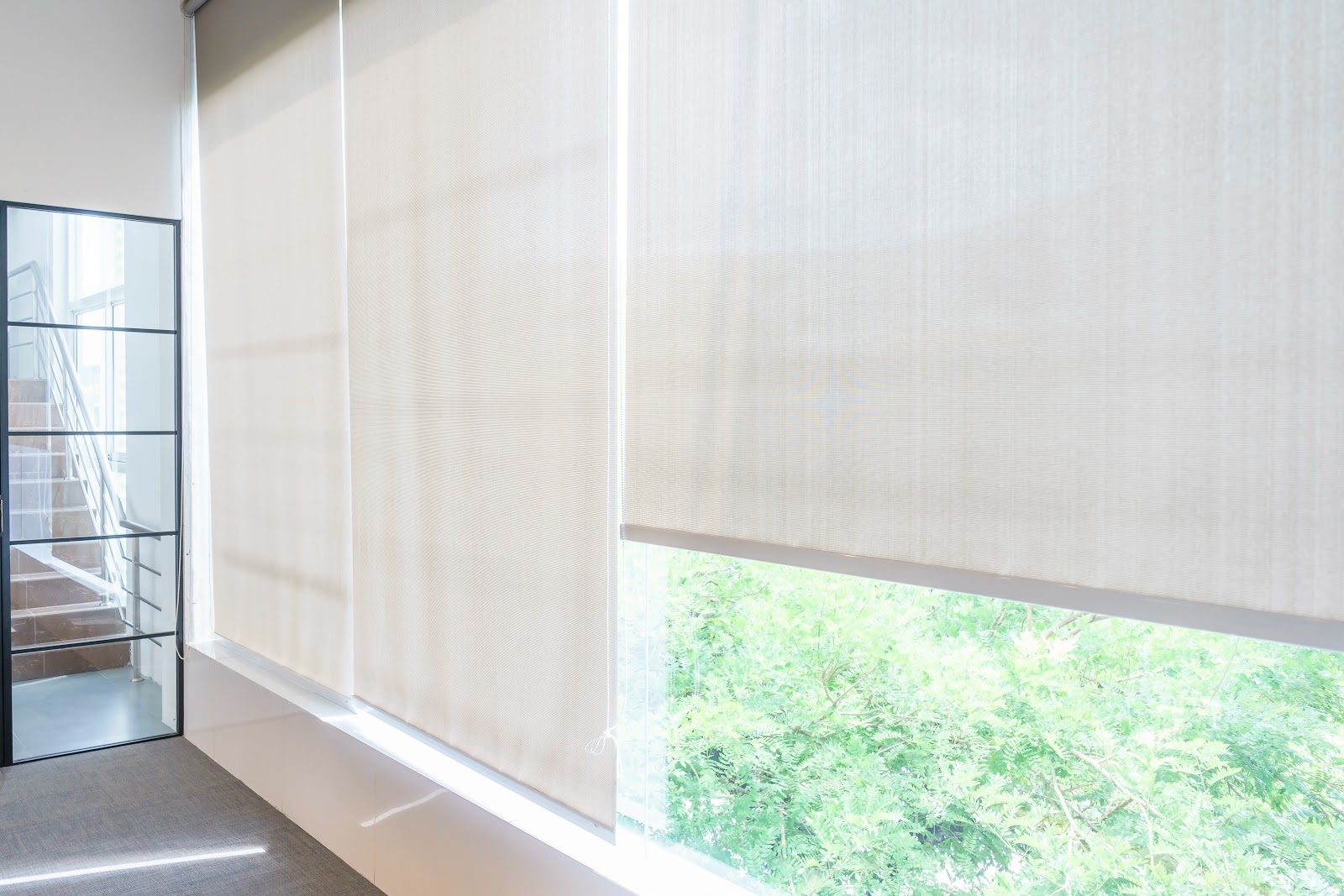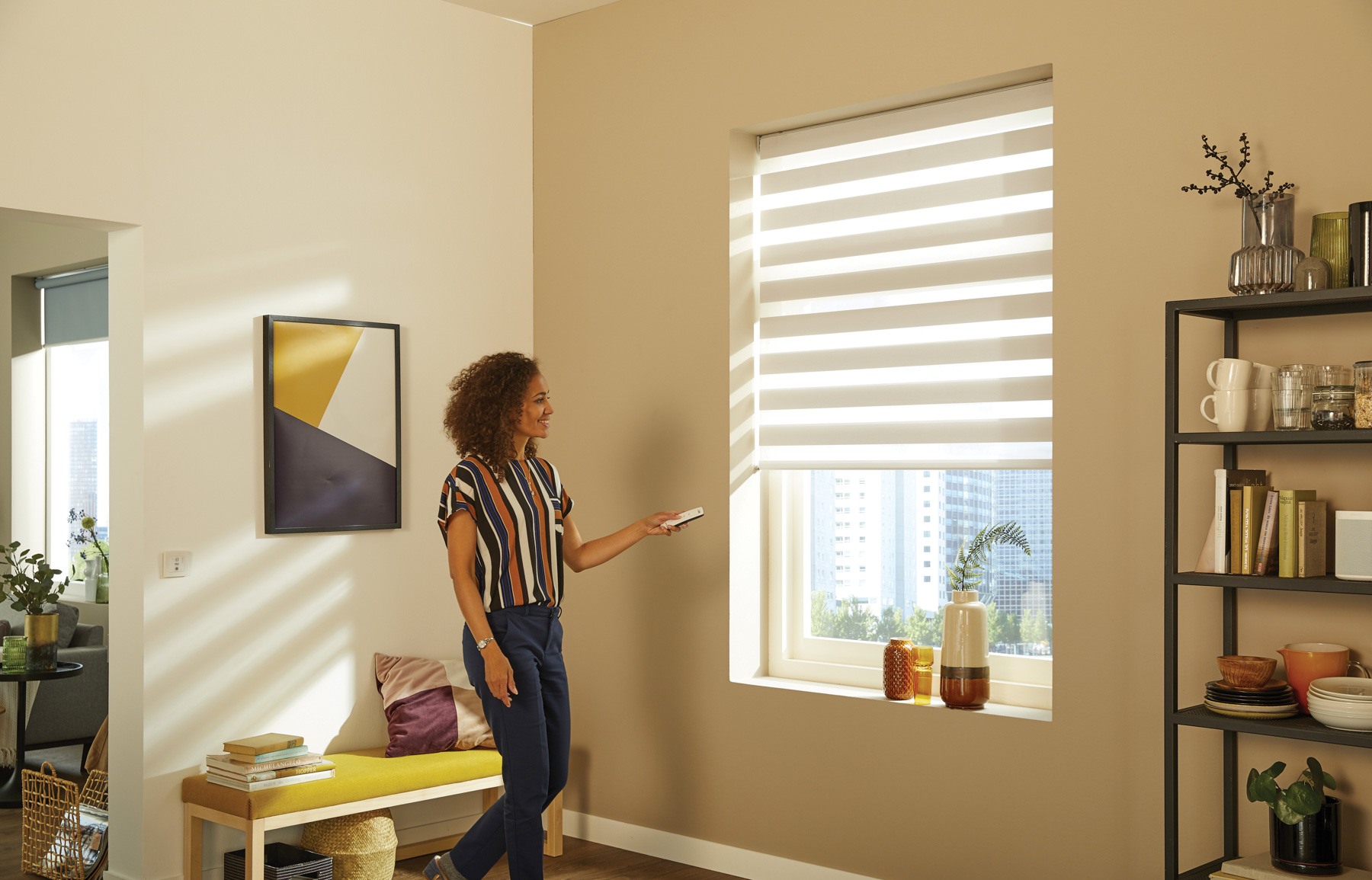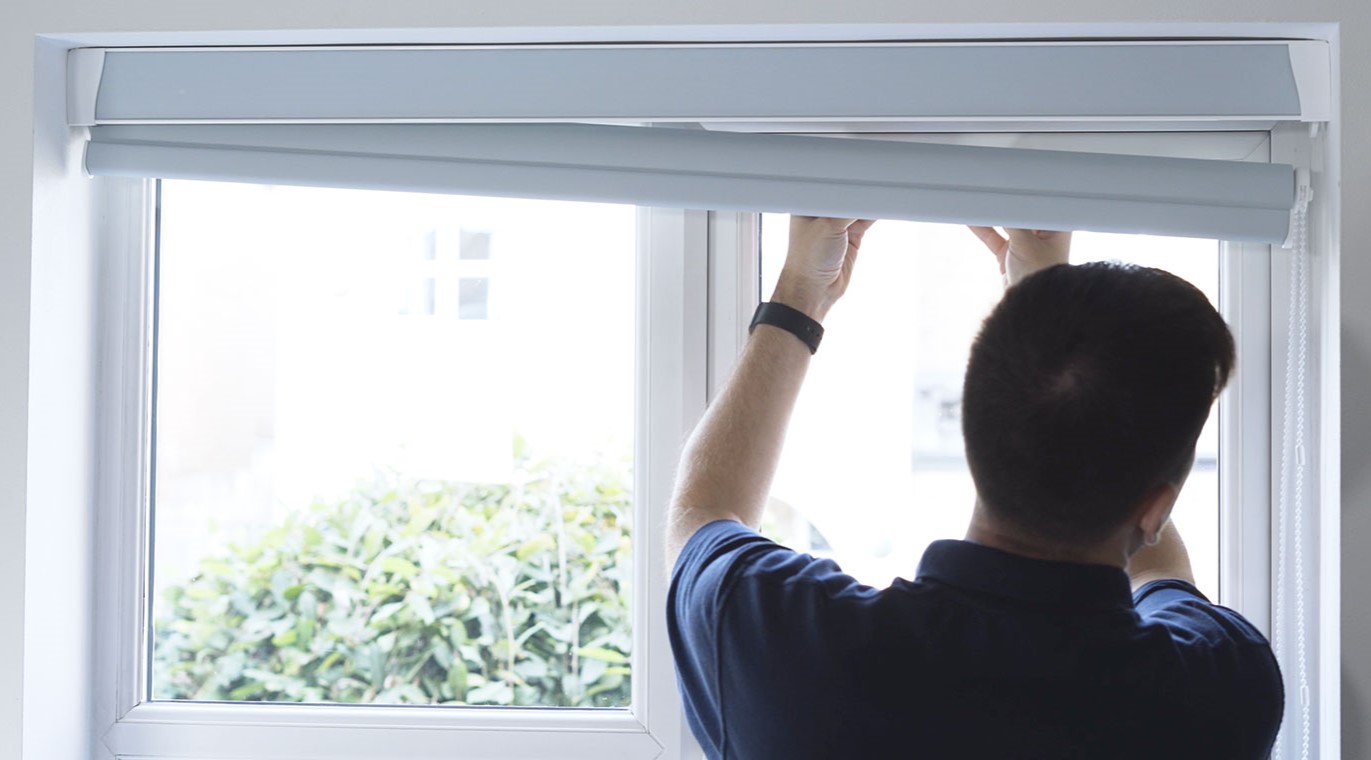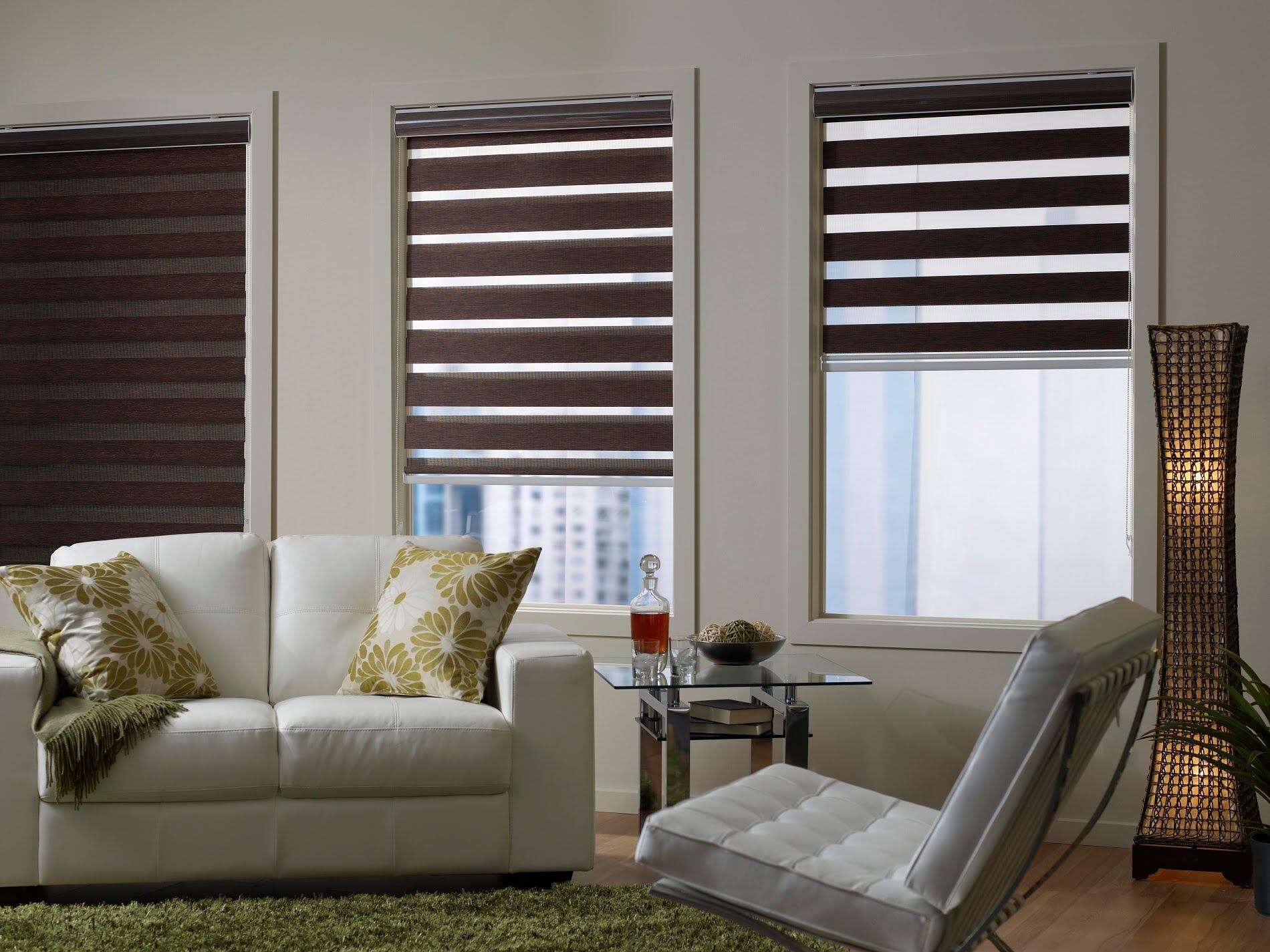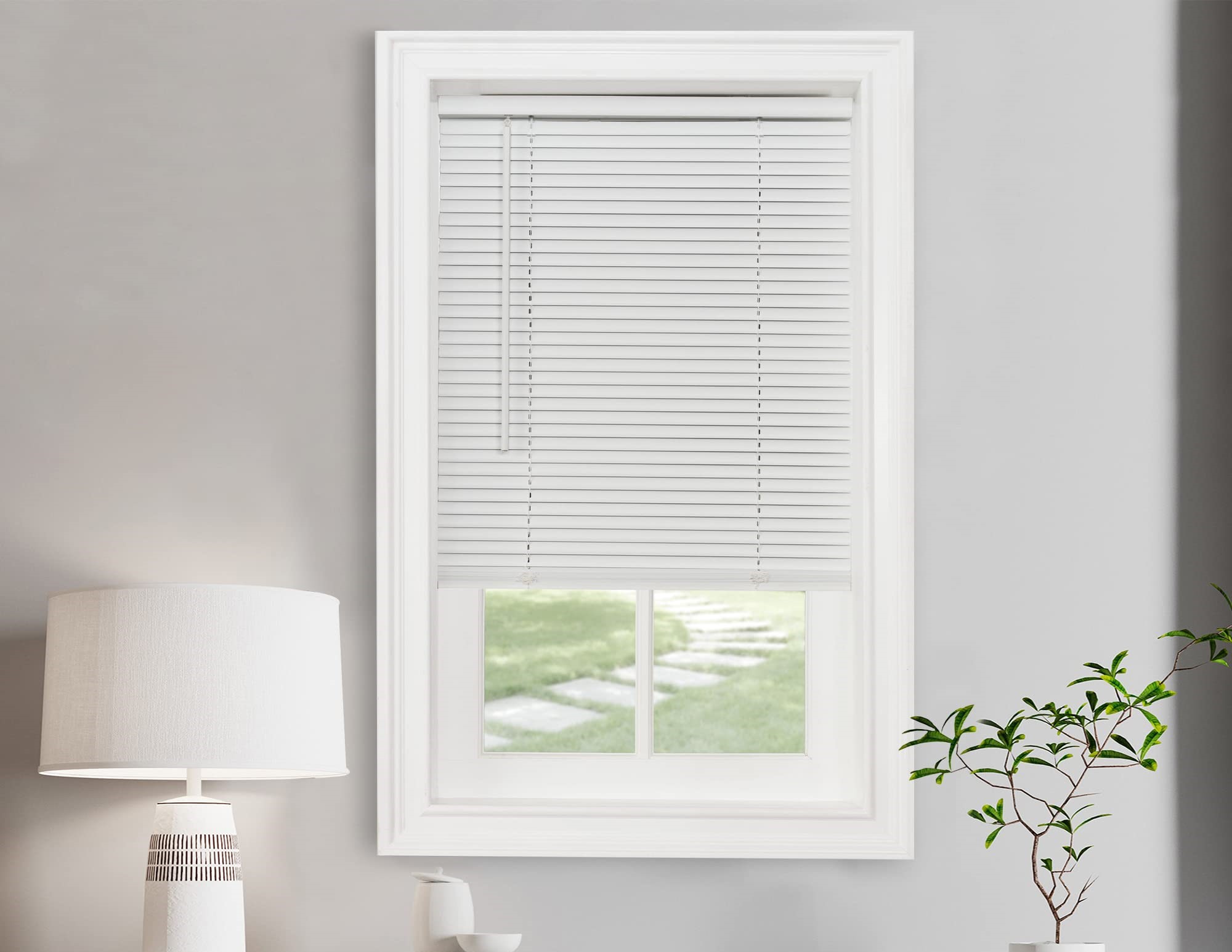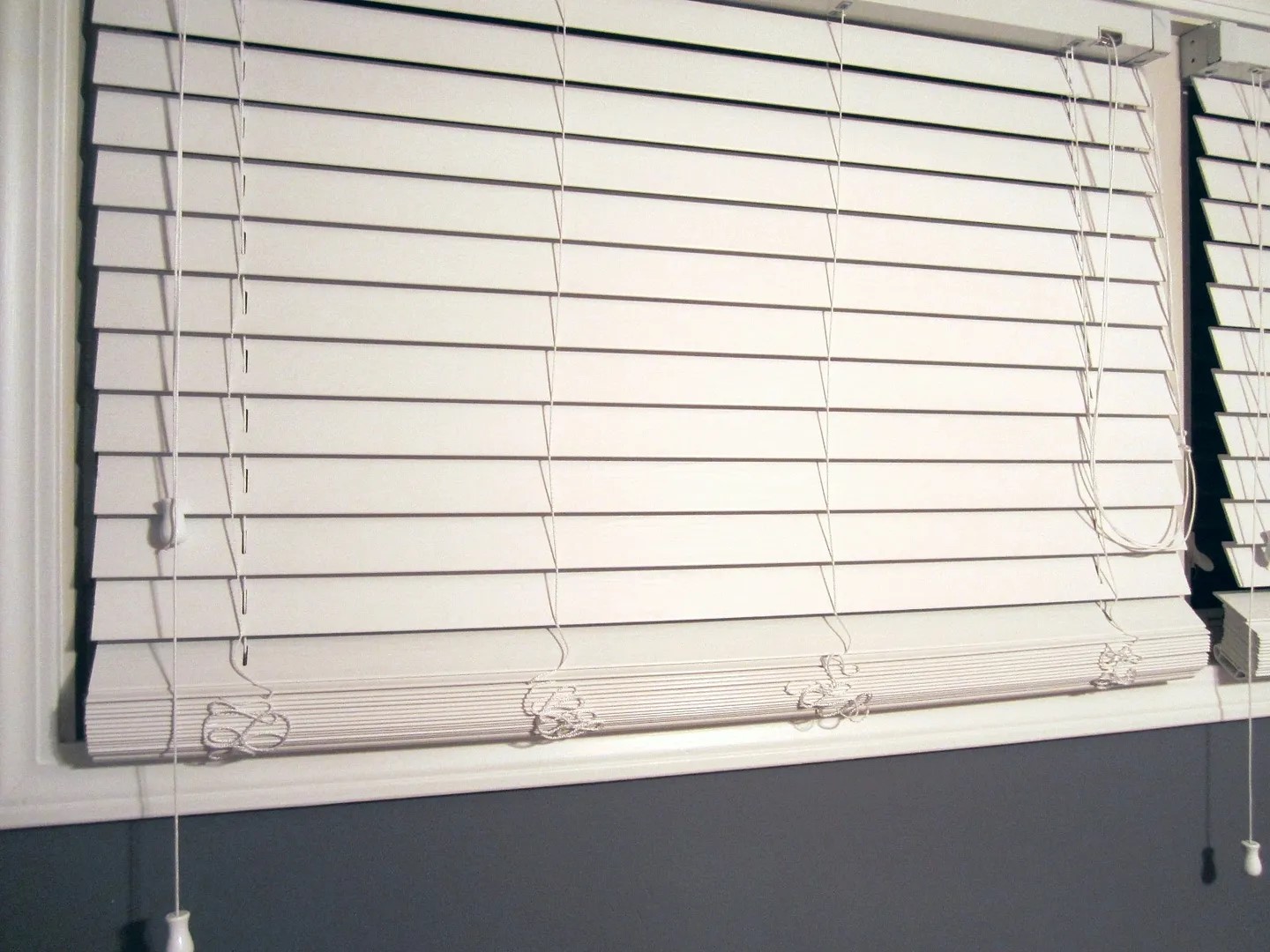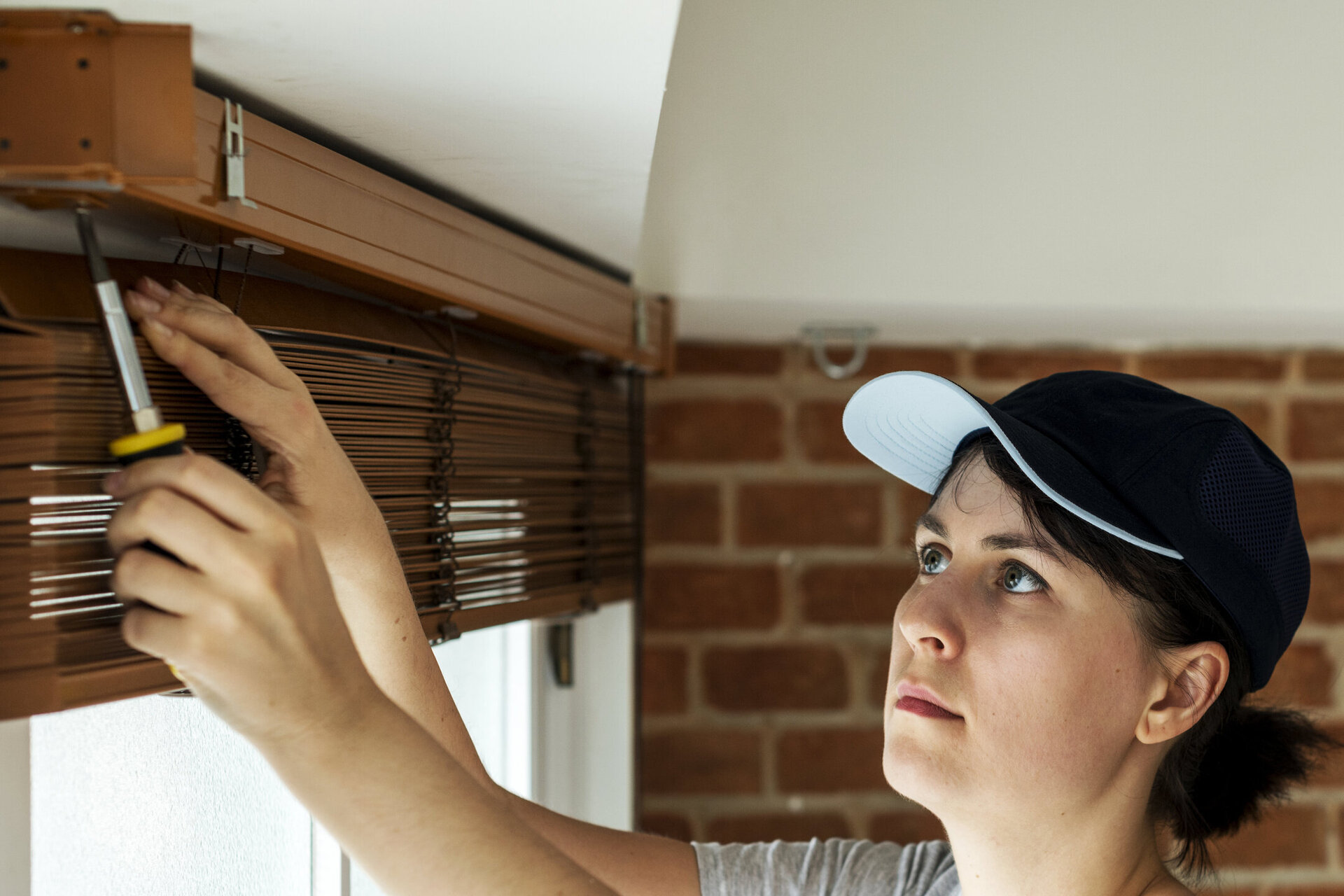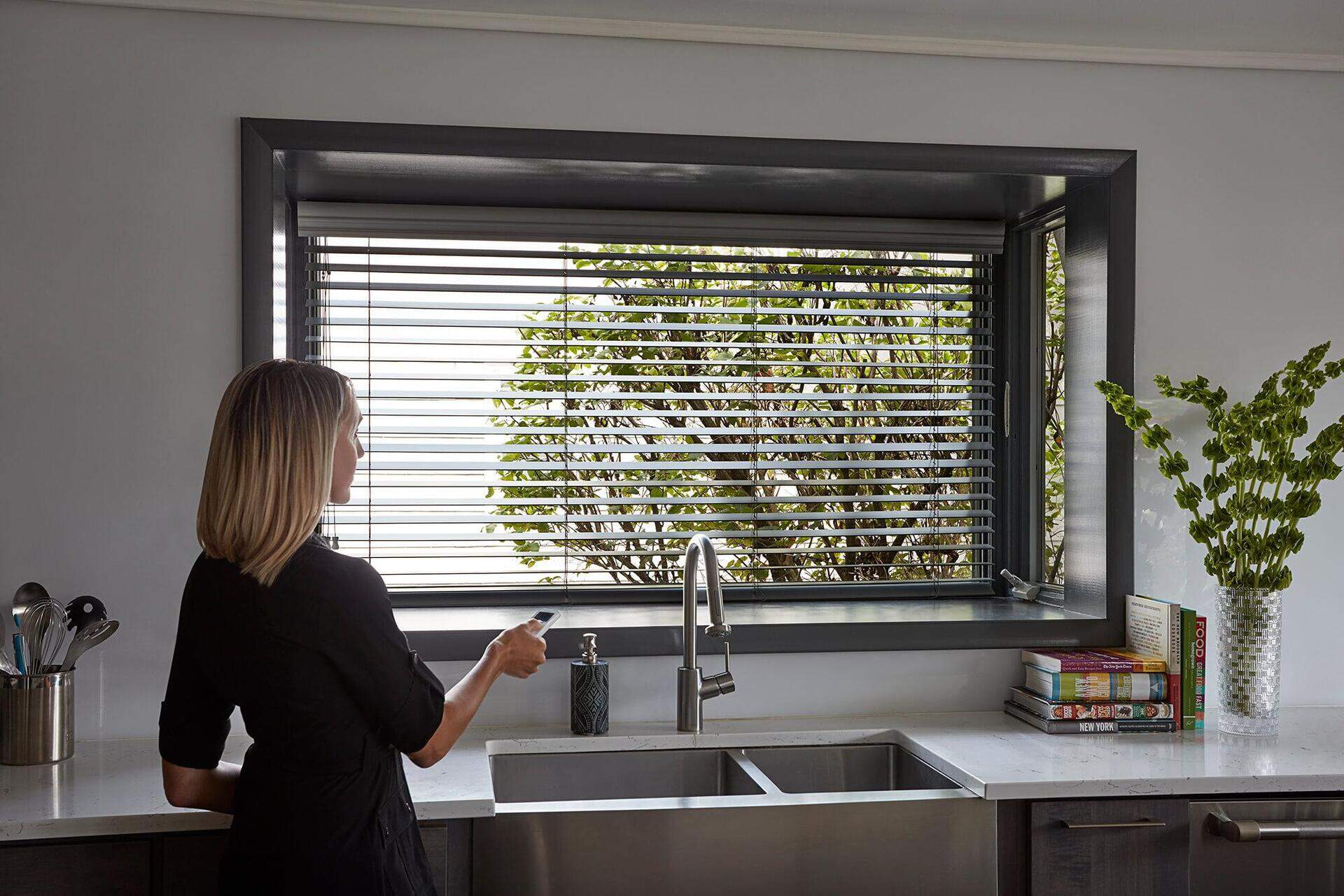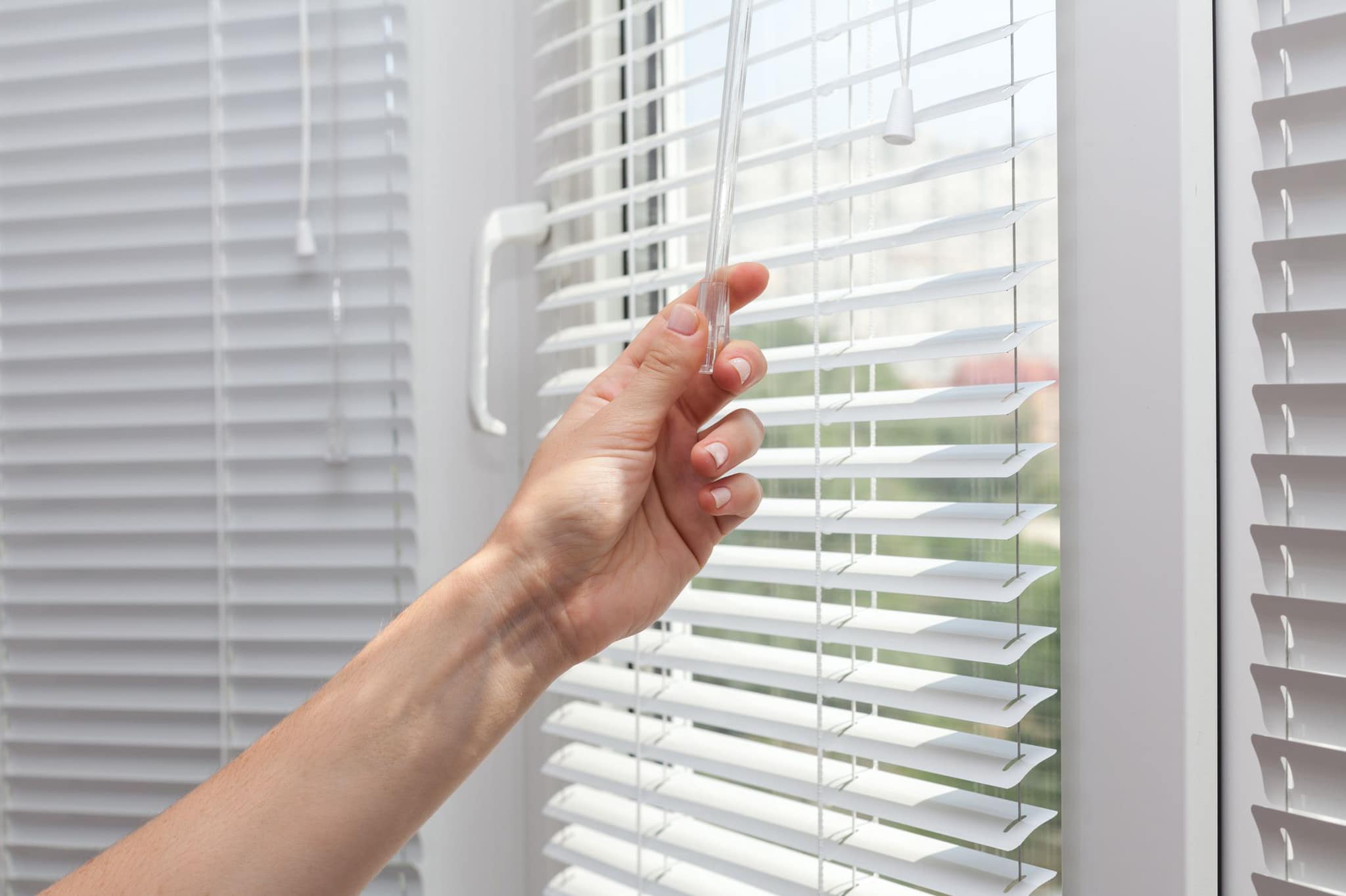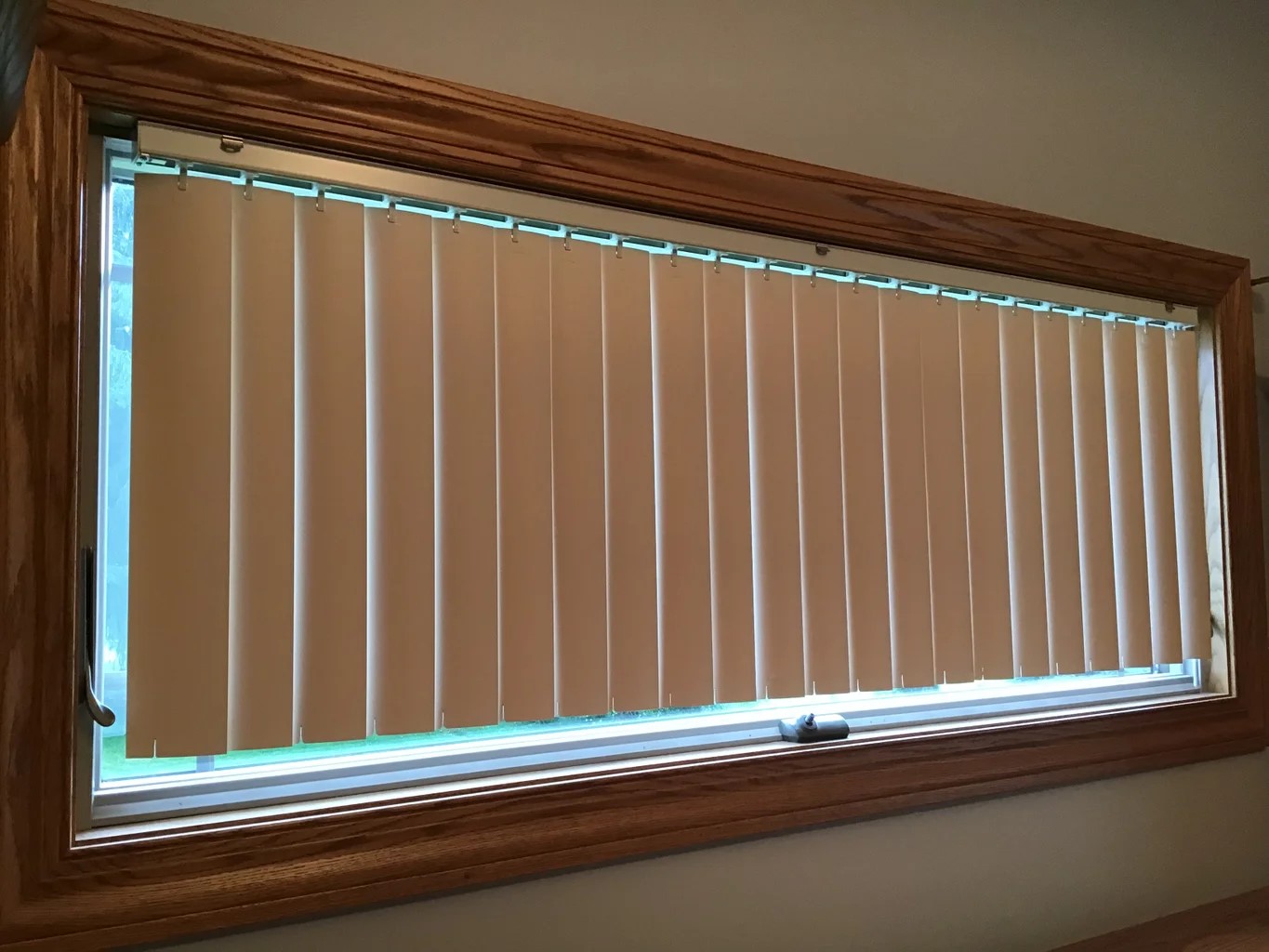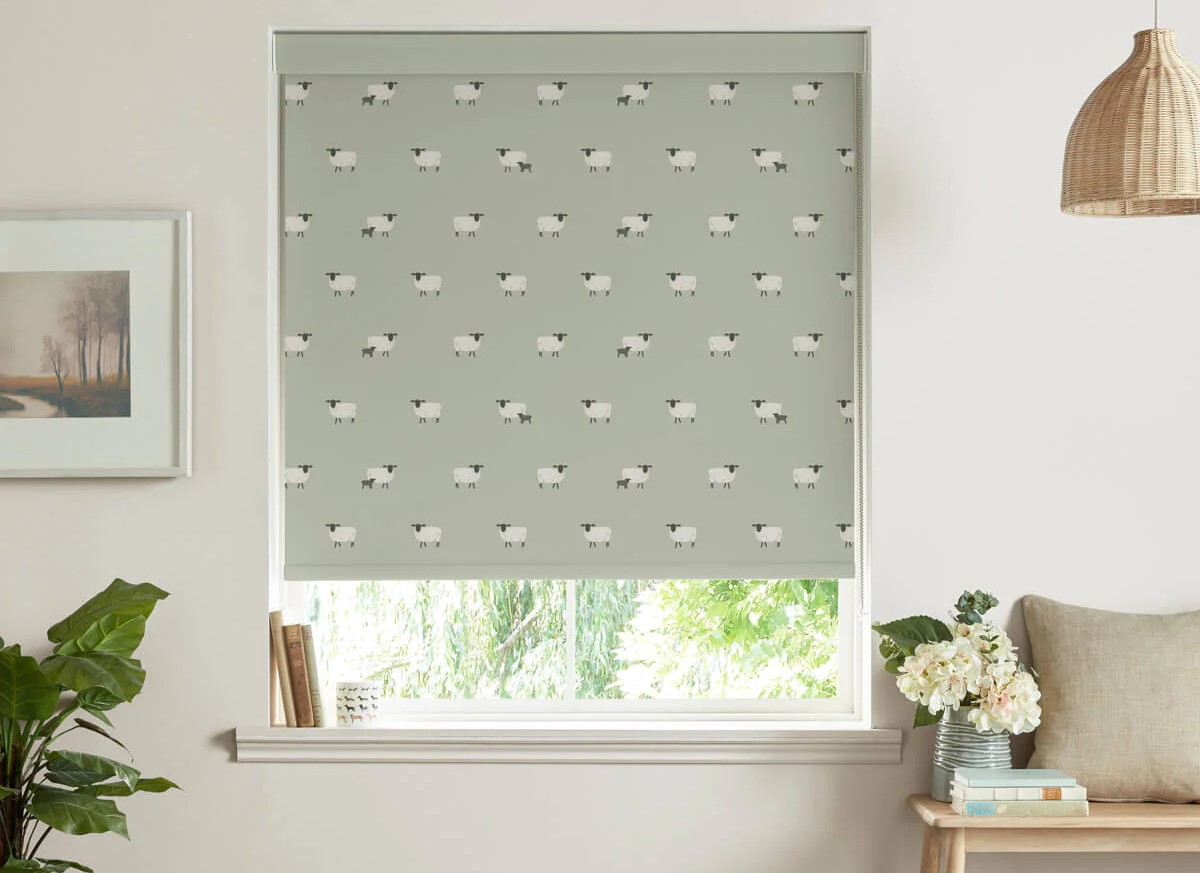

Articles
How To Measure For Roller Blinds
Modified: December 7, 2023
Learn how to measure for roller blinds with our informative articles. Get expert tips and guidance for accurate measurements. Start your DIY blinds installation project today!
(Many of the links in this article redirect to a specific reviewed product. Your purchase of these products through affiliate links helps to generate commission for Storables.com, at no extra cost. Learn more)
Introduction
Welcome to our guide on how to measure for roller blinds. Roller blinds are a versatile and stylish window covering option that can provide privacy, block out sunlight, and enhance the aesthetic appeal of any room. However, to ensure a perfect fit and smooth operation of your roller blinds, it is crucial to measure your windows accurately.
Measuring for roller blinds may seem like a daunting task, but with the right tools and step-by-step instructions, you can do it with ease. In this article, we will walk you through the process of measuring for roller blinds, providing you with the knowledge and confidence to achieve a flawless installation.
Proper measurements are essential to ensure that your roller blinds fit perfectly within the window frame or on the wall. Not only does this ensure optimal functionality, but it also enhances the overall appearance of your windows.
So, let’s get started with the necessary tools you will need for this task.
Key Takeaways:
- Accurate measurements and careful consideration of additional factors are essential for achieving a perfect fit and seamless installation of roller blinds, ensuring optimal functionality and aesthetic appeal for your windows.
- By following the step-by-step guide and consulting with professionals if needed, you can confidently measure for roller blinds, customize them to your specific needs, and enjoy the privacy and style they bring to your space.
Read more: What Are Roller Blinds
Step 1: Gather the necessary tools
Before you begin measuring for roller blinds, it’s important to gather the necessary tools to ensure accuracy and efficiency. Here are the tools you will need:
- Tape measure: A reliable tape measure is essential for accurate measurements. Opt for one that has both metric and imperial units for convenience.
- Pencil or pen: You will need a writing instrument to mark your measurements on the window frame or wall.
- Notepad or paper: Keep a notepad or some paper handy to jot down your measurements and any other notes you may need during the process.
- Ladder or step stool: Depending on the height of your windows, you may need a ladder or step stool to reach and measure them comfortably and safely.
Make sure that you have all these tools ready before you move on to the next steps. Having everything prepared will streamline the measuring process and prevent unnecessary interruptions.
Step 2: Measure the width of the window
Measuring the width of the window is the first crucial step in determining the size of your roller blinds. Follow these steps to measure accurately:
- Start by extending your tape measure horizontally across the top edge of the window frame. Make sure to measure from the inside of the left frame to the inside of the right frame.
- Record the measurement in both centimeters and inches, ensuring that you note it down accurately.
- If there is an existing blind or curtain rod, measure from the outermost edges of these to determine the width of the window.
- For windows with recessed frames, measure the width at three points: the top, middle, and bottom. Take the narrowest measurement as the final width for a perfect fit.
It’s important to be precise when measuring the width of the window to avoid any gaps or overlaps with the roller blinds. Take your time and double-check your measurements to ensure accuracy.
Once you have the width measurement, you can move on to measuring the height of the window.
Step 3: Measure the height of the window
Measuring the height of the window is just as important as measuring the width. Here’s how to measure the height accurately:
- Using your tape measure, extend it vertically from the top edge of the window frame to the bottom edge. Measure from the inside of the upper frame down to the inside of the lower frame.
- Record the measurement in both centimeters and inches, ensuring that it is noted accurately.
- If there are existing blinds or curtain rods, measure from the top of these to the bottom to determine the height of the window.
- For windows with recessed frames, measure the height at three points: the left side, middle, and right side. Take the longest measurement as the final height for a perfect fit.
When measuring the height, be careful to hold the tape measure straight and avoid any accidental slanting, as this can lead to inaccurate measurements. It’s crucial to measure from the inside edges of the frame for precise results.
By following these steps, you will have an accurate measurement of the height of your window, which will help in determining the appropriate size of the roller blind.
Step 4: Measure the depth of the window frame
Measuring the depth of the window frame is an often overlooked but crucial step when it comes to installing roller blinds. The depth measurement helps determine if the window frame has enough space to accommodate the roller mechanism and the fabric of the blinds. Follow these steps to measure the depth:
- Using your tape measure, measure the depth from the front lip of the window frame to the back of the window frame. This is the distance from where the roller blind will be mounted to the innermost part of the window.
- Record the measurement in centimeters or inches, whichever is your preferred unit of measurement.
- Make sure to measure the depth at multiple points along the width of the window, as some window frames may not be perfectly level or uniform in their depth.
Measuring the depth is essential to ensure that the roller blind fits properly within the window frame without any obstruction or interference. If the depth is not sufficient, you may need to consider alternative mounting options or select roller blinds with a shallower profile.
By accurately measuring the depth, you can make an informed decision when choosing roller blinds and ensure a seamless installation process.
When measuring for roller blinds, always use a metal tape measure for accuracy. Measure the width at the top, middle, and bottom of the window, and use the longest measurement. For the height, measure from the top of the window recess to the desired length.
Read more: How To Cut Down Roller Blinds
Step 5: Determine the type of mount
When it comes to installing roller blinds, you have the option of choosing between different types of mounts. The type of mount you select will depend on the specific requirements of your windows and your desired aesthetic. Here are the common types of mounts:
- Inside mount: This type of mount involves installing the roller blinds within the window frame. It provides a clean and streamlined look, as the blinds are fitted snugly inside the frame. To determine if an inside mount is suitable for your window, ensure that you have enough depth and width within the frame to accommodate the blinds.
- Outside mount: With an outside mount, the roller blinds are installed on the surface outside the window frame. This option is suitable when you want to cover the entire window frame and achieve a more dramatic look. You will need to measure the width and height beyond the window frame to determine the appropriate size for the blinds.
- Partial inside mount: This type of mount combines the benefits of both inside and outside mounts. The blinds are installed within the window frame, but they extend slightly beyond the frame on one or both sides. This option is useful when you want to minimize light gaps and enhance privacy.
Choosing the right type of mount is essential for achieving the desired look and functionality of your roller blinds. Consider the style and size of your windows, as well as your overall design aesthetic, when deciding on the mount type.
Now that you know the different mount options, you can proceed to the next step of calculating the size of your roller blinds.
Step 6: Calculate the size of the roller blind
Now that you have gathered all the measurements and determined the type of mount, it’s time to calculate the size of your roller blind. Follow these steps for an accurate calculation:
- For inside mounts: Subtract a small amount, typically 1 cm or 0.5 inches, from the width measurement to allow for smooth operation and a proper fit. This adjustment ensures that the roller blind doesn’t rub against the window frame.
- For outside mounts: Add a sufficient amount to the width and height measurements to ensure proper coverage of the window frame. This additional amount will depend on your personal preference and the level of coverage you desire. Typical recommendations suggest adding an additional 10-15 cm (4-6 inches) to both the width and height measurements.
- Consider any desired overlapping: If you are installing multiple roller blinds side by side, you may want them to overlap slightly to minimize light gaps. Account for this overlapping by deducting a small amount, typically 1-2 cm (0.5-1 inch), from the width measurement of each subsequent blind.
By making these calculations, you will have the final size of your roller blind. Remember to take into account any adjustments needed for inside or outside mounts and consider the desired overlapping, if applicable.
It’s recommended to double-check your calculations and measurements before finalizing the size of your roller blind, ensuring a perfect fit for your windows.
Step 7: Consider any additional factors
Before you finalize your roller blind measurements, there are a few additional factors that you should consider to ensure the best possible fit and functionality:
- Roll direction: Decide on the roll direction of your roller blind based on the accessibility of the window and your personal preference. The two common options are standard roll (fabric rolls towards the room) and reverse roll (fabric rolls towards the wall).
- Control side: Determine whether you want the control mechanism (chain or cord) on the left or right side of the roller blind. This decision can be based on your handedness, convenience, and the layout of your room.
- Fabric allowances: Keep in mind any allowances needed for the fabric of the roller blind. The type of fabric can affect the overall size and dimensions, especially if it’s a thick or textured material. Consult with the manufacturer or retailer for specific fabric allowances.
- Child safety: Ensure that the roller blinds you choose comply with child safety regulations. This may involve having cordless options or installing safety devices to prevent any hazards.
- Pattern alignment: If you are selecting a roller blind with a patterned fabric, consider whether you want the patterns to align across multiple blinds if they will be installed side by side.
By considering these additional factors, you can customize your roller blinds to meet your specific needs and preferences.
Once you have taken all these steps into account, you are now ready to make your final measurements and proceed with purchasing or ordering your roller blinds.
Conclusion
Congratulations! You have successfully learned how to measure for roller blinds. By following the steps outlined in this guide and considering the additional factors, you can ensure a perfect fit and installation of your roller blinds.
Accurate measurements are crucial for achieving the desired functionality, appearance, and coverage of your roller blinds. Taking the time to gather the necessary tools and carefully measure the width, height, and depth of your window frames will save you from potential headaches and frustrations down the line.
Remember to consider the type of mount, calculate the size of the roller blinds based on your specific requirements, and take into account any additional factors such as roll direction, control side, fabric allowances, child safety, and pattern alignment.
If you find the process overwhelming or are unsure about any aspect, don’t hesitate to consult with professionals or seek advice from experts. They can provide guidance tailored to your specific window measurements and help you select the most suitable roller blinds for your needs.
With your properly measured roller blinds in hand, you can now proceed to the next exciting steps of purchasing, customizing, and installing your ideal window coverings. Enjoy the privacy, style, and light control that roller blinds bring to your home or office!
Frequently Asked Questions about How To Measure For Roller Blinds
Was this page helpful?
At Storables.com, we guarantee accurate and reliable information. Our content, validated by Expert Board Contributors, is crafted following stringent Editorial Policies. We're committed to providing you with well-researched, expert-backed insights for all your informational needs.
